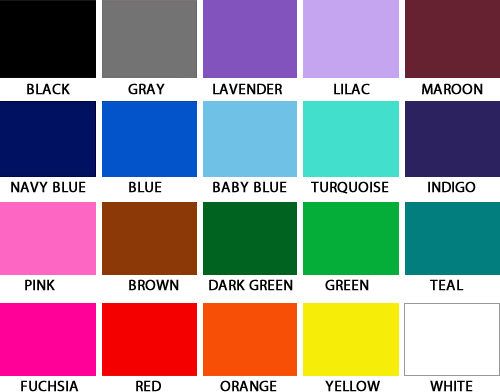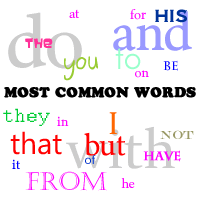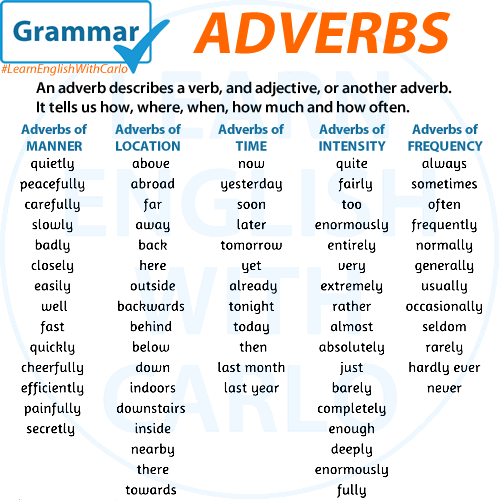A Job
- Definition: A job is a specific position of employment where you do regular tasks and get paid.
- Part of Speech: Noun
- Example: Being a teacher, a nurse, or a cashier.
- Usage: You can say, “I have a job as a teacher,” or “She is looking for a job.”
Work
- Definition: Work refers to tasks or activities that require effort. It can be any activity you do to achieve something, and it doesn’t always mean paid employment.
- Part of Speech: Can be a noun or a verb.
- As a noun: “Work” means tasks or activities.
- As a verb: “To work” means to perform tasks or duties.
- Examples:
- Noun: Cleaning your house, doing homework, or working on a project.
- Verb: “I work at a bank,” or “She works hard every day.”
- Usage:
- Noun: “I have a lot of work to do,” or “He enjoys his work.”
- Verb: “I work from 9 to 5,” or “They are working on a new project.”
Key Differences
- Specific vs. General:
- A job is specific – it is a particular role or position you hold.
- Work is more general – it includes any activity that requires effort, whether it’s paid or unpaid.
- Employment vs. Activities:
- A job usually refers to paid employment.
- Work can refer to both paid and unpaid activities.
- Countable vs. Uncountable:
- Job is countable. You can say “a job,” “two jobs,” etc.
- Work is uncountable. You cannot say “a work” or “two works.” Instead, you say “a lot of work” or “some work.”
- Parts of Speech:
- Job is only a noun.
- Work can be a noun or a verb.
Examples to Illustrate
- Job (Noun):
- “I got a job at a new company.”
- “She has two jobs to support her family.”
- Work (Noun):
- “I have too much work to do tonight.”
- “He enjoys his work as a volunteer.”
- Work (Verb):
- “I work at a bank.”
- “They work hard every day.”
If you have any questions or doubts, please ask in the comments or send me a private message.
Follow me on Instagram: @englishyourwaybr
or look for the hashtag #LearnEnglishWithCarlo



 The 300 Most Commonly Used English Words
The 300 Most Commonly Used English Words










